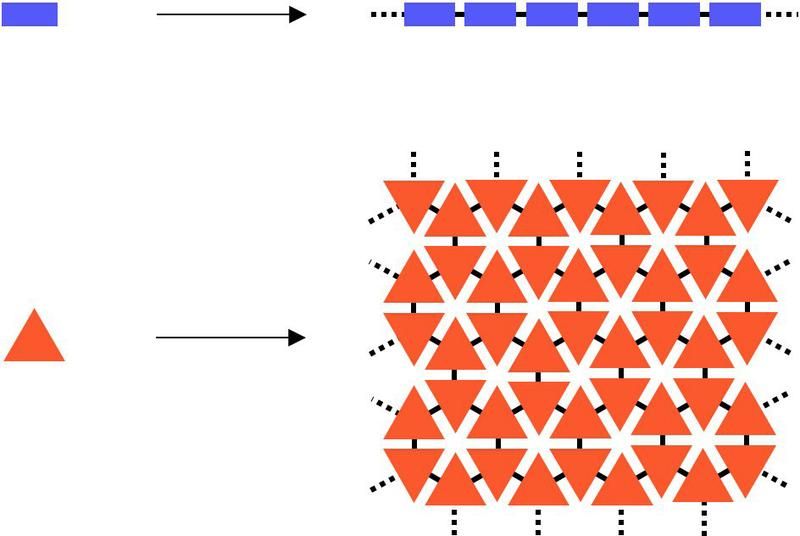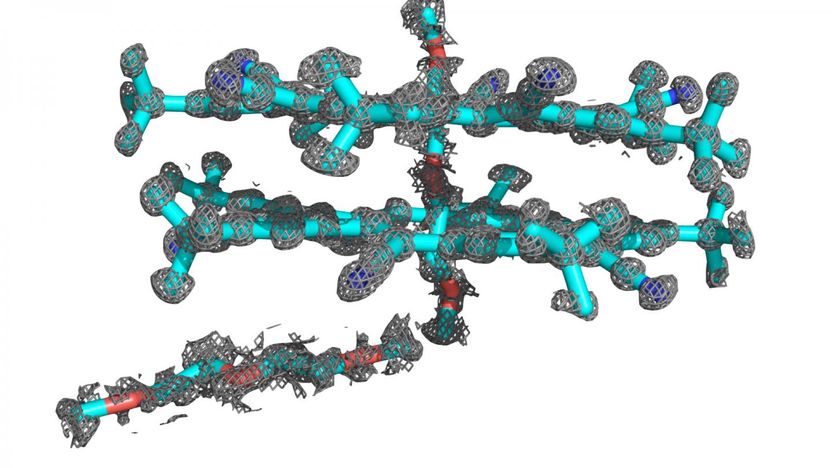Development of a versatile, accurate AI prediction technique even with a small number of experiments
NIMS, Asahi Kasei, Mitsubishi Chemical, Mitsui Chemicals and Sumitomo Chemical have used the chemical materials open platform framework to develop an AI technique capable of increasing the accuracy of machine learning-based predictions of material properties (e.g., strength, brittleness) through efficient use of material structural data obtained from only a small number of experiments. This technique may expedite the development of various materials, including polymers.

Development of an AI technique capable of improving the prediction accuracy
Ryo Tamura, National Institute for Materials Science
Materials informatics research exploits machine learning models to predict the physical properties of materials of interest based on compositional and processing parameters (e.g., temperature and pressure). This approach has accelerated materials development. When physical properties of materials are known to be strongly influenced by their post-processing microstructures, the model’s property prediction accuracy can be effectively improved by incorporating microstructure-related data (e.g., x-ray diffraction (XRD) and differential scanning calorimetry (DSC) data) into it. However, these types of data can only be obtained by actually analyzing processed materials. In addition to these analyses, improving prediction accuracy requires predetermined parameters (e.g., material compositions).
This research group developed an AI technique capable of first selecting potentially promising material candidates for fabrication and then accurately predicting their physical properties using XRD, DSC and other measurement data obtained from only a small number of actually synthesized materials. This technique selects candidate materials using Bayesian optimization and other methods and repeats the AI-based selection process while incorporating measurement data into machine learning models. To verify the technique’s effectiveness, the group used it to predict the physical properties of polyolefins. As a result, this technique was found to improve the material property prediction accuracy of machine learning models with a smaller sample set of actually synthesized materials than methods in which candidate materials were randomly selected.
The use of this prediction accuracy improvement technique may enable a more thorough understanding of the relationship between materials’ structures and physical properties, which would facilitate investigation of fundamental causes of material properties and the formulation of more efficient materials development guidelines. Furthermore, this technique is expected to be applicable to the development of a wide range of materials in addition to polyolefins and other polymers, thereby promoting digital transformation (DX) in materials development.
Original publication
Other news from the department science

Get the chemical industry in your inbox
By submitting this form you agree that LUMITOS AG will send you the newsletter(s) selected above by email. Your data will not be passed on to third parties. Your data will be stored and processed in accordance with our data protection regulations. LUMITOS may contact you by email for the purpose of advertising or market and opinion surveys. You can revoke your consent at any time without giving reasons to LUMITOS AG, Ernst-Augustin-Str. 2, 12489 Berlin, Germany or by e-mail at revoke@lumitos.com with effect for the future. In addition, each email contains a link to unsubscribe from the corresponding newsletter.
Most read news
More news from our other portals
Last viewed contents
Randomized_controlled_trial
Maximum_entropy_spectral_analysis
Small-angle_neutron_scattering

Ordered two-dimensional polymers created for the first time




























































